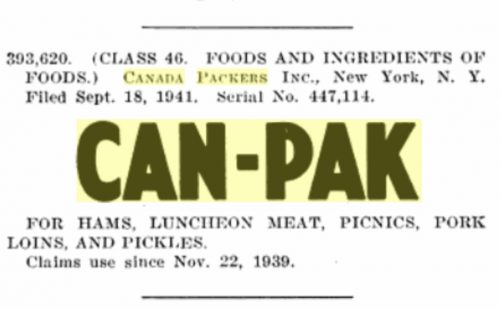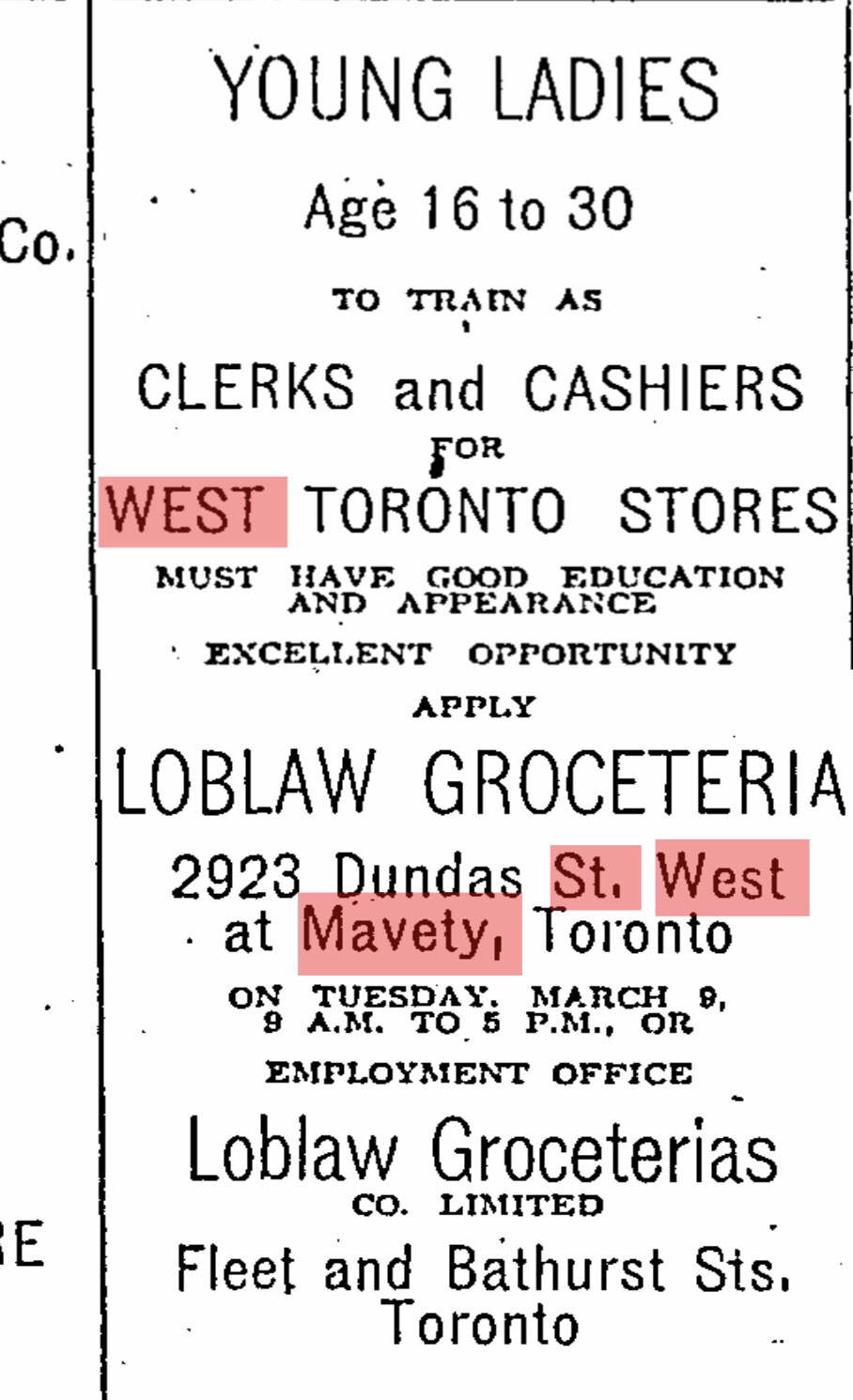Can-Pak” system invented in 1951 by Canada Packers in the Junction … is commonly used throughout North America and in many countries around the world.

CanPac A meat processing system. CanPac, developed by Canadian Meat Packers (later known as Canada Packers), was indeed a significant innovation in the meatpacking industry in North America.
The CanPac system, also known as “dressing-on-the-rail,” represented a shift towards greater automation in meat processing. Here are some key features and advancements associated with the CanPac A system:
- Semi-Automation: As you mentioned, the initial CanPac A system was semi-automated. This means that while some tasks were performed by machines, such as mechanically stripping the hide from the animal, certain steps still required human involvement, including the actual slaughter process.
- Hide Removal: One of the notable features of the CanPac A system was the mechanical stripping of the hide from the animal. This automated process helped streamline the production line and improve efficiency compared to traditional manual hide removal methods.
- Introduction Timeline: The CanPac A system was introduced to the Cross works in 1965. This suggests that it took several years for the system to be developed and refined before being implemented on a larger scale.
- Impact: The CanPac A system represented a significant advancement in meat processing technology. It allowed for increased processing speed, consistency, and reduced labor costs compared to traditional manual methods.
- Canada Packers: Canada Packers, which later became Maple Leaf Foods, was a prominent player in the Canadian meatpacking industry. Their development of the CanPac A system contributed to the modernization and efficiency of meat processing in North America.
While this information provides some insights into the CanPac A system, further details and historical records specific to this technology may be available through industry publications, archives, or historical records related to Canada Packers and the meat processing industry in North America.
This modem slaughtering method for Beef was known as CanPac A North American
oompan); Canadian Meat Packers. first developed the system in the late 1950s. The
initial CanPak ‘dressing-on-the-rail’ was a semi-automated system where the
slaughterer performed most of the fold but the hide was mechanically stripped
from the beast. The 9’stem was introduced to the Cross works in 1965.13
In modem abattoirs, a hilly automated system moves cattle along a disas-
sembly line until carcasses end up as boneless beef packed in boxes. Cross
adopted this slaughtering prtxess some years later when ICOR built an entirely
new integrated Southern Works facility in the mid 1970s.
The modern-era Cross beef slaughter hall was the senior service area. livery
slaugliterman aspired to be offered a position on the beef chain.was an etiicient
operation and every man took pride in his work there. Slaughtcttncn, rovers, back-
up labourers, along with meat graders, ticketers, checkers and maintenance men,
were all pan of the using mechanical cutters, compressed knives, hide
pullers, mechanical saws and other devices. This modem equipment made the job far
more eliicient than in bygone years.” john Emery, a former Cross boners’
leading-hand said, ‘It was quicker too, it did just more than two cattle per minute’.
source:
The Meat Game: A History of the Gepps Cross Abattoirs and Livestock Markets By Richard Maurovic
In fact, the Can Pak beef dressing system which is being introduced not only will make our meat universally acceptable but also should reduce costs. This will widen the scope of economic marketing. Our meat industry is on the march, and I am confident that its future is very bright indeed. We are particularly fortunate in being free of the scourge of foot-and-mouth disease, and as long as we remain in this felicitous situation I have no fears about the future of our meat exporting industry
source:
Australian TARIFF PROPOSALS 1964 Customs Tariff Proposals No. 7; Customs Tariff Proposals No. 8; Customs Tariff (Papua and New Guinea Preference) Proposals No. 2 Mr FAIRHALL Minister for Supply · Paterson · LP
.-
-
Canpak system
-
This is a continuous conveyorised method in which heavy beef trolleys or runners suspend the carcasses from the overhead rail; no gambrels or spreaders are used as in other methods. Here everything is done systematically and most of the work is done by mechanical means. Rate of slaughter is 50-150 animals/h.
-
It is probably the most common form of line system now used in large modern meat plants. In this system from the time of arrival of animals till it is completely dressed the work is divided into 32 divisions. Each work carried out by one man specifically stationed at one place along the moving rail system. When the carcass reaches to his place he will attend to only his allotted work.
-
So in this system for one labour operative force will be not less than 32 persons. This system is developed and patented by the Canada Packers Ltd., Canada; hence it is called Canpak system.
-
Line Dressing System
- Simplest in design, so less chances of serious breakdown with consequent loss of production.
- Various items of equipment may be used with the gravity rail, e.g., a moving top viscera inspection table or a paunch truck.
- Faster slaughter rate (10 to 75 beef/hour) as compared to gravity rail system
- Leveled rail and therefore height of ceiling is not a major problem.
- The timing as per slaughter rate is to be fixed previously.
- A much higher slaughter rate i.e., 40 to 120 beef/hour.
- The carcass can be revolved a fu11 360 degrees as per convenience of the worker.
- Efficiency of worker is increased.



